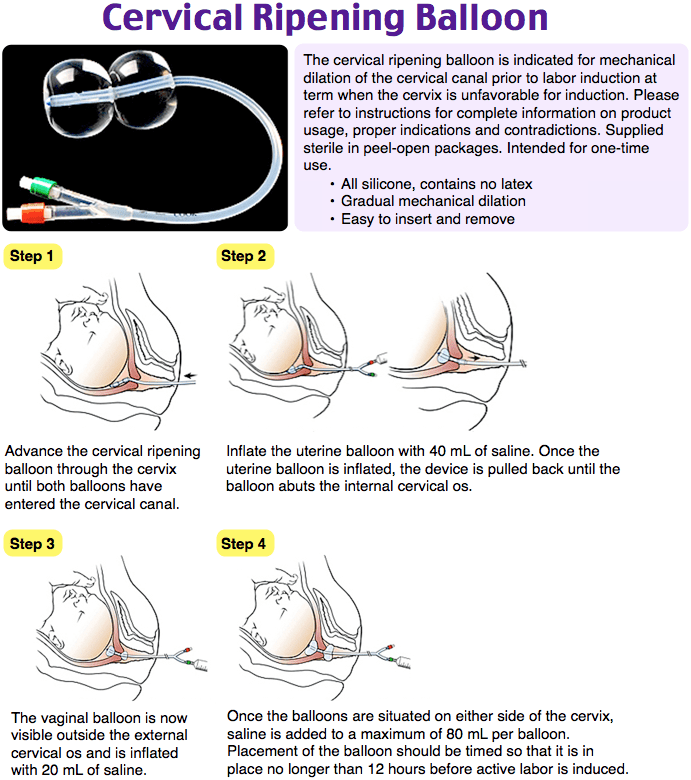300 New Questions Just Added to the OB/GYN Qualifying Exam Qbank

We just added 300 new questions, comprehensive explanations, teaching images, One Step Further™ questions, and Rapid Reviews to the OB/GYN Qualifying Exam Qbank, bringing the total to more than 3,000!
Here’s a peek at one of the new questions:
A 38-year-old G2P1001 woman presents to labor and delivery for scheduled elective induction of labor at 39 weeks and 0 days gestation. She has a history of one prior cesarean section for nonreassuring fetal heart tones. Her Bishop score is 5 and she is recommended to undergo cervical ripening. What method of cervical ripening is safest for a patient attempting trial of labor after cesarean section?
A. Ballon catheter
B. Dinoprostone gel
C. Dinoprostone insert
D. Misoprostol
Answer A
Cervical ripening is either a pharmacological or mechanical method that helps enhance cervical favorability and increases the likelihood of a vaginal delivery. Common pharmacological agents for cervical ripening include prostaglandin E2 such as dinoprostone gel or dinoprostone insert and prostaglandin E1 such as misoprostol tablets. Mechanical methods of cervical ripening include transcervical Foley or balloon catheters and hygroscopic dilators. Patients with a history of cesarean delivery undergoing term elective induction are candidates for balloon catheter use for cervical ripening, as mechanical methods decrease the risk of uterine tachysystole and decrease the risk of uterine rupture compared to the use of prostaglandins. Therefore, balloon catheter use is the safest in a patient attempting trial of labor after cesarean section.

Dinoprostone gel (B) and dinoprostone insert (C) are both prostaglandin E2 and are placed vaginally for induction of labor. These are contraindicated in women with a history of cesarean section for the use of cervical ripening. Misoprostol (D) is a synthetic prostaglandin E1 analog and is administered orally or vaginally and is also contraindicated in term inductions in women with a history of cesarean delivery.
One Step Further Question:
What Bishop score identifies an unfavorable cervix and indicates that patients may benefit from cervical ripening?
One Step Further Answer:
Four.
Work hard, stay focused, and know Rosh Review is always by your side.
Best,
The Rosh Review Team
P.S. For information about the upcoming ABOG Qualifying Exam, check out How to Prepare for the ABOG Qualifying Exam in 2020.
Get Free Access and Join Thousands of Happy Learners
You must be logged in to post a comment.





Comments (0)